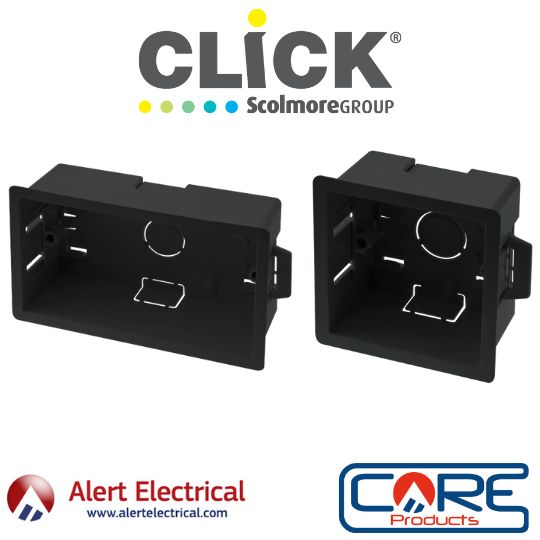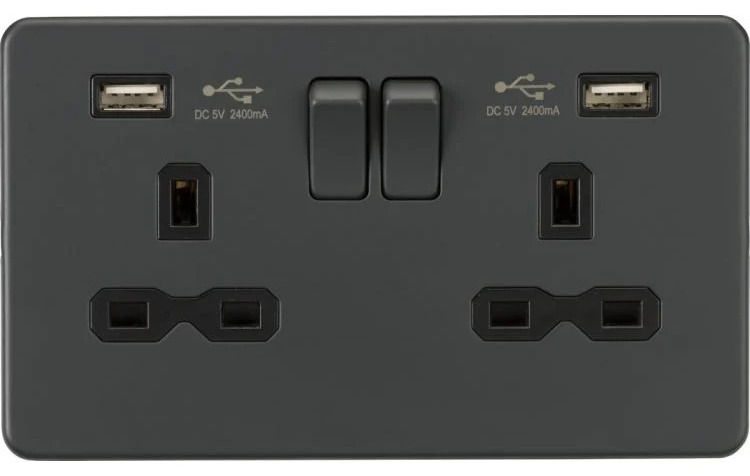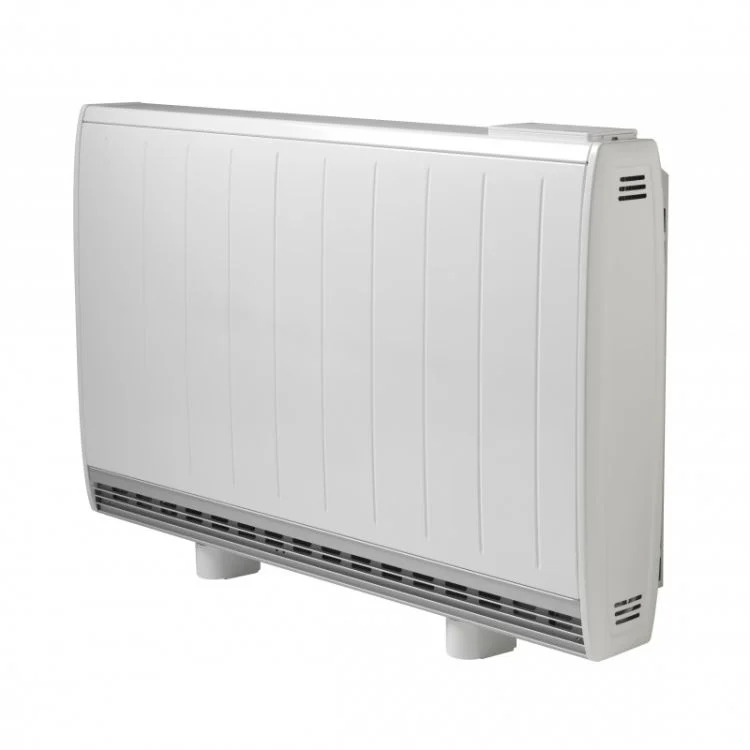Things you need to know about Surge Protection Devices
Surge Protection Devices
Whether at home or work, we are surrounded by computers, smart phones and TV’s along with our dependency upon the use of appliances such as washing machines, dishwashers and tumble dryers and systems such as fire or intruder alarms. These devices can all be vulnerable to transient over-voltages, which can significantly reduce an equipment’s lifespan through degradation and damage. Over-voltages can come from sources such as lightning or switching on or off inductive loads.
Protection can be given to help prevent such damage through the inclusion of ‘Surge Protection Devices (SPD). This protection isn’t always mandatory but they’re becoming more of the norm to help protect valuable data and equipment.
1. A bolt of lightning
One of the threats to devices is lighting. A discharge from lightning near a power supply cable could generate a significant over-voltage transient and cause damage.
2. Terminology
Surge protection devices are classified according to their standard into different types. There are three types of surge protection device:
- Type 1 – This can discharge partial lighting current and commonly employs spark gap technology
- Type 2 – This version can help prevent the spread of over-voltages in electrical installations and help protect connected equipment
- Type 3 – These are only required to be installed as a supplement to Type 2 and have a low discharge capacity.
When installing a surge protection device, you should refer to BS 7671 for the correct regulations.
3. Getting the right connection
Making sure a connection is correct is vital when using surge protection devices. To obtain the maximum protection from the SPD, the connecting conductors should be kept as short as possible. This is to minimise any additive voltages on the connecting cables.
4. Inspection & Testing
Surge protection devices can offer a visual indication to help with the inspection and testing process. Usually colour coded, if a green light is displayed then this means the device is operational. If a red light is displayed however, it means that the device has reached its end and needs replacing.
5. Alert Electrical has you covered
We have a range of surge protection Consumer units and Retro fit boards from Hager, Contactum & Cudis to help make your next installation even safer.
Please Click on the brand images below to View Consumer units and Retro fit boards.












